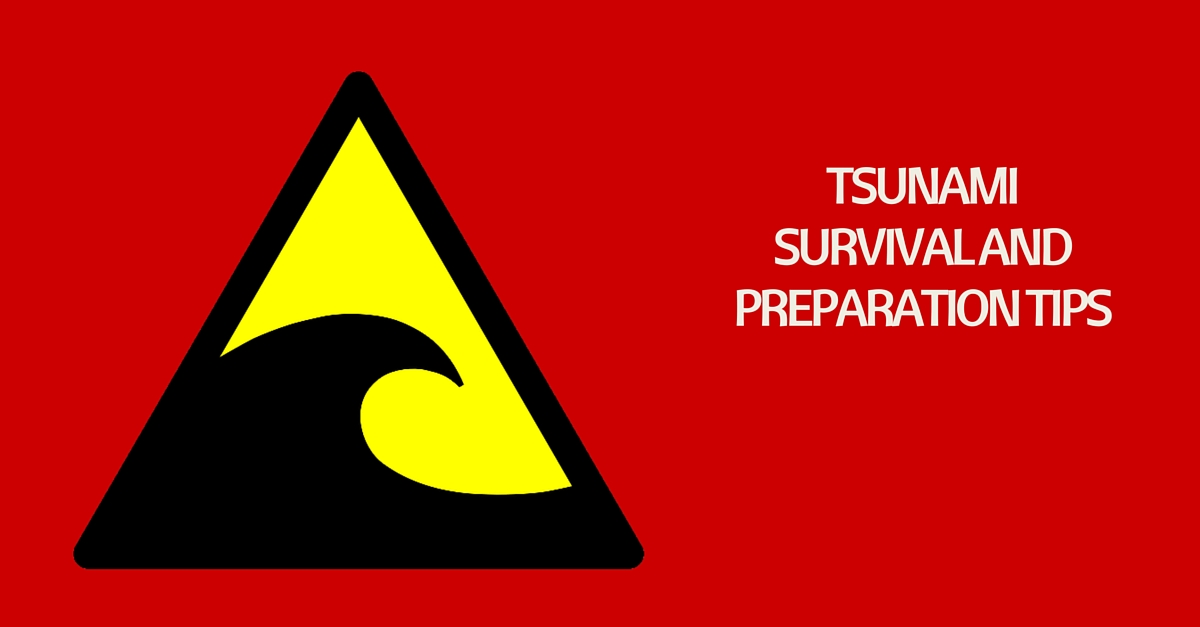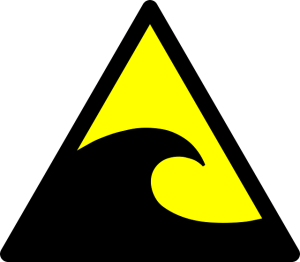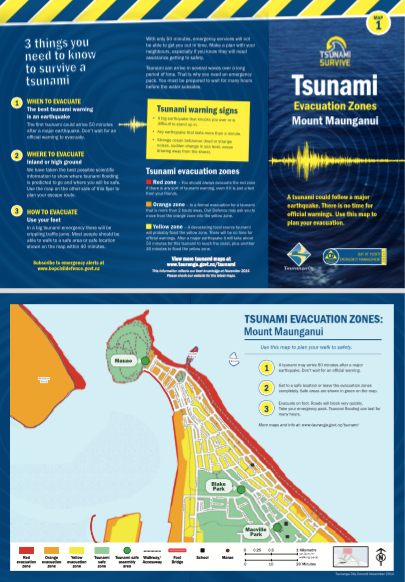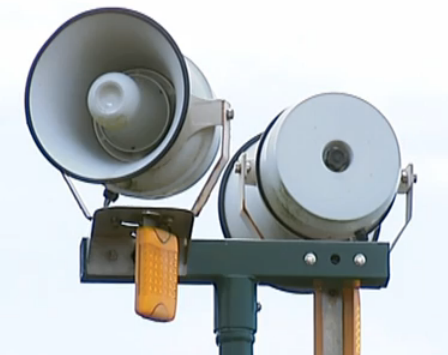
Tsunami Survival and Preparation
It seems more common to hear about Tsunami’s occurring around the world these days. We’ve had a few Tsunami alerts here in New Zealand in recent years too. These prompted us to have a think about what we know about Tsunami survival and preparation.
A question from our worried 7 year old about whether a tsunami could reach us, was answered with we are too high for one to reach us here. But while we knew we weren’t at risk, we realised we didn’t know the answer to what height above sea level was at risk.
Perhaps you don’t either?
How do you determine if you’re at risk of a Tsunami?
The short answer is anyone living, working (and don’t forget holidaying) on any part of the New Zealand coast is at risk of a tsunami. To what height above sea level and what distance inland depends however on the local topography and of course the size of the wave (or waves, as there can be more than one)
Many of the city or regional councils have undertaken studies and some have even put together maps showing what areas are most at risk.
Here is a selection that we uncovered. If you are isn’t here just Google “[your region/city] tsunami preparation nz” or even “[your region/city] tsunami preparation nz council” and you should unearth the local recommendations.
 Northland Regional Council and Far North Civil Defense
Northland Regional Council and Far North Civil Defense
Whangarei
Auckland Warning Siren Locations and warning signals
Thames / Coromandel
Waikato
Tauranga
Bay Of Plenty Civil Defense
Gisborne evacuation maps
Hawkes Bay
Taranaki
Kapiti Coast
Porirua
Wellington
Nelson / Tasman Civil Defense
Christchurch
Otago
Odds are you know what a Tsunami is and how it is caused by an earthquake, underwater landslide or volcanic eruption so we won’t bore you with what you know already.
3 Types of Tsunami
However it’s important to remember there are 3 types of tsunami and how much warning you get depends on which one it is:
- Distant tsunami are generated from a long way away, such as from across the Pacific in Chile. In this case, we will have more than three hours warning time for New Zealand.
- Regional tsunami are generated between one and three hours travel time away from their destination. An eruption from an underwater volcano in the Kermadec Trench to the north of New Zealand, could generate a regional tsunami.
- Local tsunami are generated very close to New Zealand. This type of tsunami is very dangerous because we may only have a few minutes warning.
How to Prepare for a Tsunami?

Obviously the most important thing is to not be in the way of one when it hits. So you need to know if you are in an evacuation zone. Again your local council or local arm of civil defense will likely have evacuation maps drawn up. Consult the links above.
Make sure you know the height of your street above sea level and the distance of your street from the coast or other high-risk waters like coastal rivers or estuaries. As civil defense evacuation orders may be based on these numbers.
And look for the natural signs if you are on a beach of the water receding far more than you’d expect.
Many regions such as Northland, Auckland Region, Napier and Christchurch have installed Tsunami warning sirens as part of their tsunami preparedness.
This is a recording of the Civil Defense standard Tsunami siren.
Last weekend saw many of these sirens tested across the country, as they usually are each daylight savings weekend.
Sirens have their drawbacks though and they make get scrapped in Auckland as this news item states.
However don’t wait to hear a siren. If an earthquake hits when you’re near the coast head straight inland.
If you have to evacuate you should take your Getaway Kit with you
The Get Thru site lists what this should include:
Get away kit
In some emergencies you may need to evacuate in a hurry. Everyone should have a packed getaway kit in an easily accessible place at home and at work which includes:
-
Torch and radio with spare batteries
-
Any special needs such as hearing aids and spare batteries, glasses or mobility aids
-
Emergency water and easy-to-carry food rations such as energy bars and dried foods in case there are delays in reaching a welfare centre or a place where you might find support. If you have any special dietary requirements, ensure you have extra supplies
-
First aid kit and essential medicines
-
Essential items for infants or young children such as formula and food, nappies and a favourite toy
-
Change of clothes (wind/waterproof clothing and strong outdoor shoes)
-
Toiletries – towel, soap, toothbrush, sanitary items, toilet paper
-
Blankets or sleeping bags
-
Face and dust masks
-
Pet supplies
-
Include important documents in your getaway kit: identification (birth and marriage certificates, driver’s licences and passports), financial documents (e.g. insurance policies and mortgage information), and precious family photos.

You can check out our range of grab and go survival kits here.
Holiday regions or holiday houses
Summer sends many Kiwis to the beach so be sure to know what to do and what sirens, if any, exist in the area you’re holidaying in. Same if you are a tourist overseas, you should familiarise yourself with local tsunami evacuation protocols.
If you can’t escape in time before a tsunami strikes then you should evacuate to if possible the third floor and higher in reinforced concrete hotel structures.
Auckland Civil Defense has a phone app that includes text alerts for the likes of tsunami. You can learn about that App and another 6 we recommend for helping New Zealanders with emergency preparedness here.
